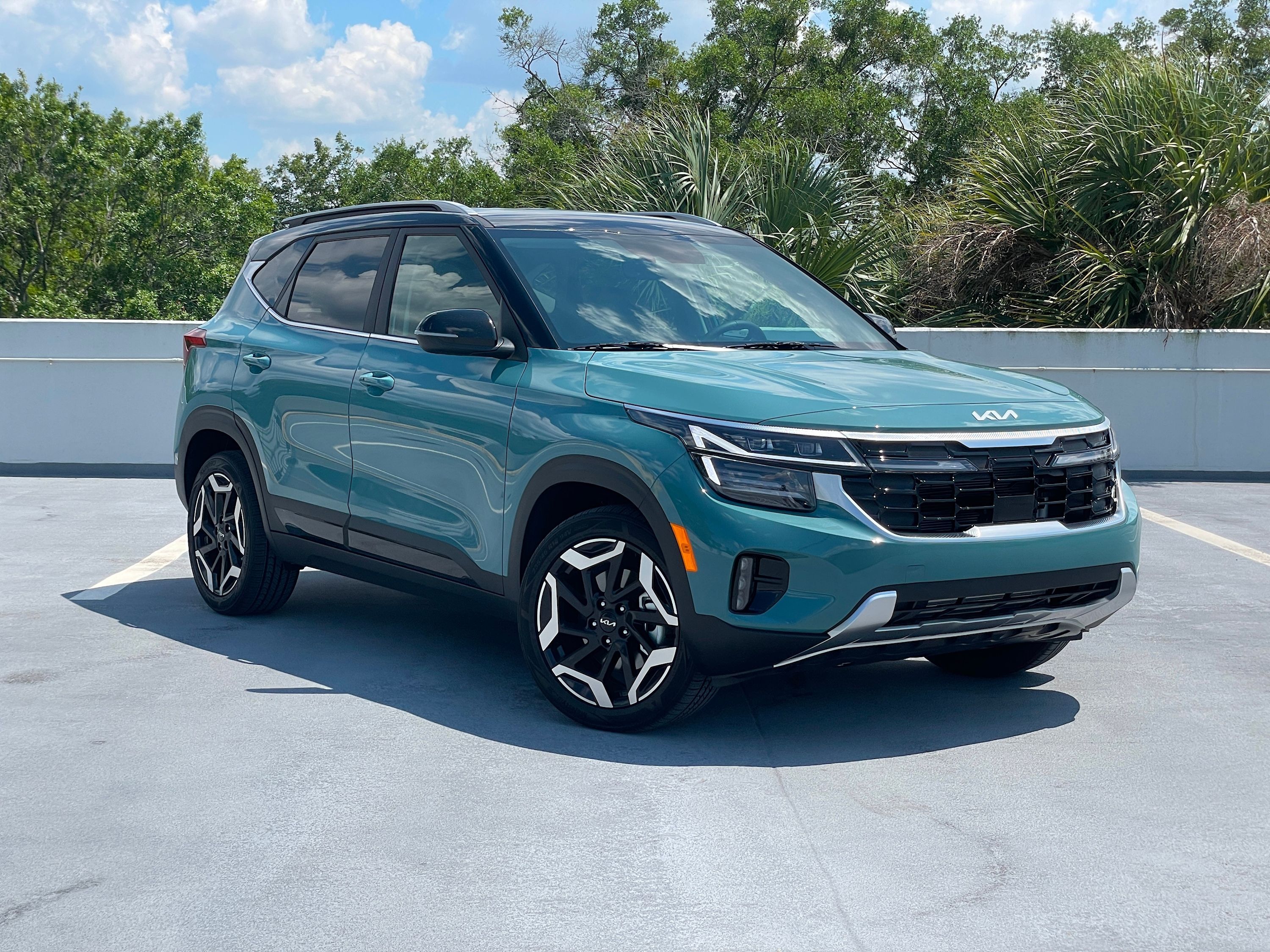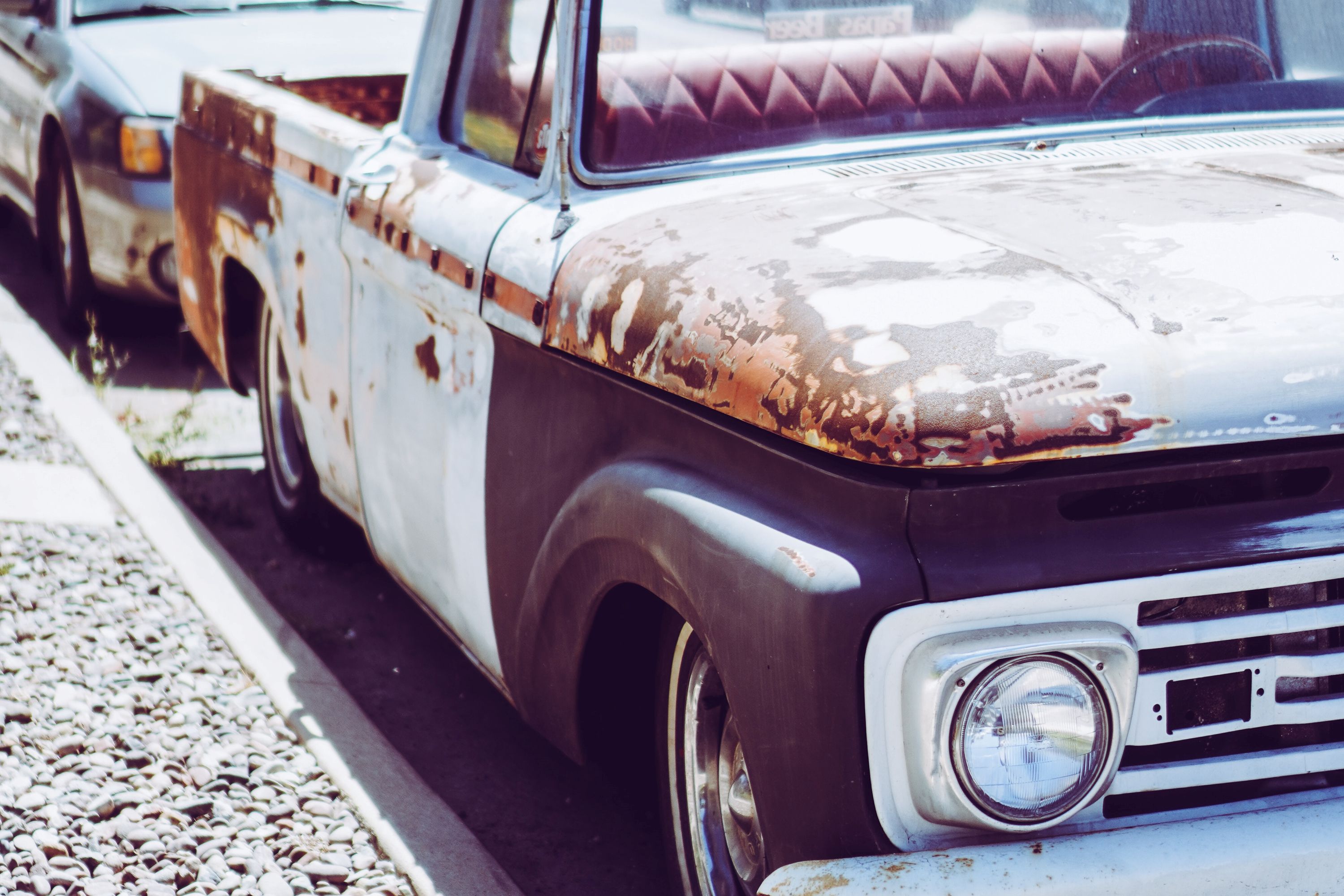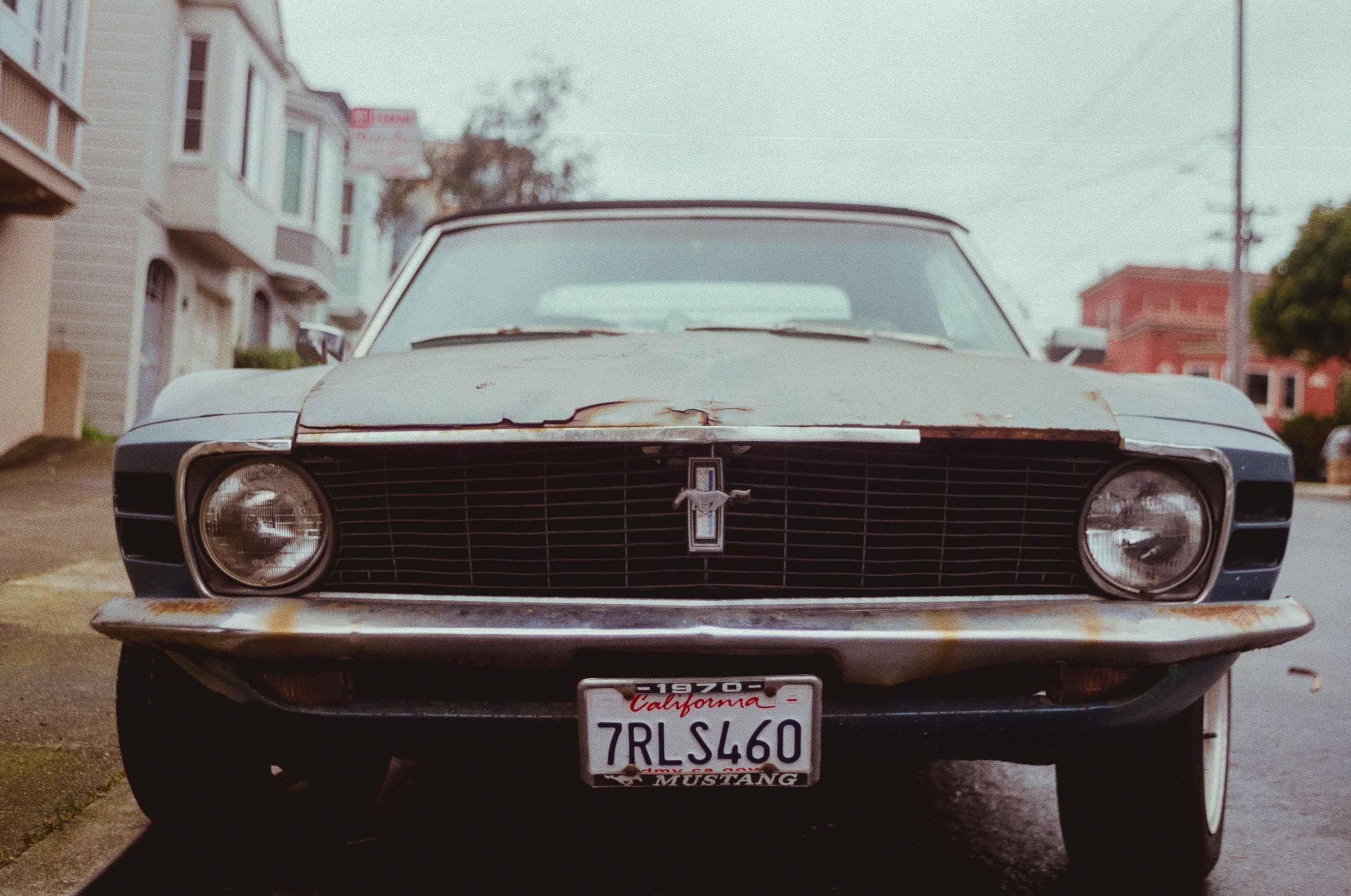
Rust on a car can be a huge problem, warping paint and maiming your prized possession. Apart from being ugly to look at, iron oxide can cause corrosion, weakening the structure of the vehicle. This means that exterior damage is the least of your worries, because it will cost you a lot more to repair the underlying chassis should the 'infection' spread that far. Removing rust from your car is, therefore, more than just an aesthetic decision, it is also about improving safety and ensuring that you get the most life out of your vehicle.
The Different Types of Rust and What Causes it
Rust on a vehicle is the result of oxidation, which is when iron (the primary ingredient in car sheet metal) reacts with oxygen and/or water. Moisture from rain, snow, ice and humidity are most often the culprit. Salt from ice/snow treatments and living near the ocean also weakens metal, making it more prone to rust - this is important to keep in mind if you're using your Jeep Wrangler to ferry around your surfboard, but it also means that even the best SUVs for snow need to be carefully maintained. Neglect of regular maintenance, cleaning, and car care can also lead to rust formation.
Iron is present in many parts of our cars, including the underbody, the metal parts of the wheels, and even the battery casing. Each area is prone to different types of rust but there are three main categories for cars:
Surface Rust
The most superficial type of rust is the aptly named surface rust. It affects the outermost layer of the sheet metal, though it's not uncommon for a brake disk to rust over, too. Luckily, this is the easiest form of rust to remove from a car. If you take steps to clean the rust from your car at this stage, you will end up spending less money than if you allow it to spread further.
Scale Rust
When rust is left unattended, it evolves into scale rust. At this point, the paint will be bubbling noticeably and the more sensitive parts of your vehicle will become exposed as the metal corrodes. If repairs are not started immediately, the damage may well be irreversible and you will have little choice but to have your mechanic or body shop replace entire sections of the body, which will be extremely expensive.
Penetrating Rust
Once the rust on your car starts eating holes in the metal, it's pretty much over. That's not to say there aren't ways to treat penetrating rust, but you will need professional help from a fully furnished body shop to deal with the holes, and the cost will be exorbitant. To avoid this, give your car a once over from time to time. This means getting a look at every angle, from the bottom to the roof, to see if any of the warning signs are there - be especially thorough in inspecting your off-road SUV, as dirt and dust can make it difficult to spot rust. Prevention, in this case, is much better than cure.
Tips to Remove Rust From Your Car
Car rust removal can be a DIY project if it's small patches of rust that haven't fully corroded the bodywork yet. If there are just tiny rust spots on the car, then follow these simple tips.
- Spray a product such as WD-40 onto the rusted area and leave it as per product instructions (usually ten minutes)
- Scrub away with light abrasive only if the area is without paint or wipe away with a cloth
- For rust on paintwork, clean the area with detergent, then rinse and dry thoroughly
- Frame the area with tape and poly sheeting
- Scrape and sand off the rust with the appropriate tools, but be careful not to scratch the base metal
- Prime the cleaned area with some epoxy primer and let dry
- Sand and smooth over the primed area
- Apply the correct lacquer primer, then paint, and seal it with clear coat
How to Prevent the Formation of Rust on Your Vehicle
Fixing rust on a car once it has advanced to the point of scale or penetrating rust is far more difficult, so your best bet is to look at how to prevent rust on your car instead. Rust-proofing your car through a dealer or specialist can be quite expensive, though; there are some tips and tricks for preventing rust on your car.
Firstly, you should ensure you wash your car regularly. If you live near the sea or in an area prone to heavy precipitation, then you should at least rinse and dry your car once a week. Adding a coat of wax helps to keep the moisture off, which slows the formation of rust. Another preventative measure is WD40, which is a water dispersant - apply it to hinges and joints to avoid moisture buildup.
Of course, the more your vehicle is exposed to the elements, the more quickly rust will form. So, you should definitely keep your car stowed indoors when not in use, or under covered parking if you don't have a garage. Stop rust on your car from forming rather than spending on repairs.


